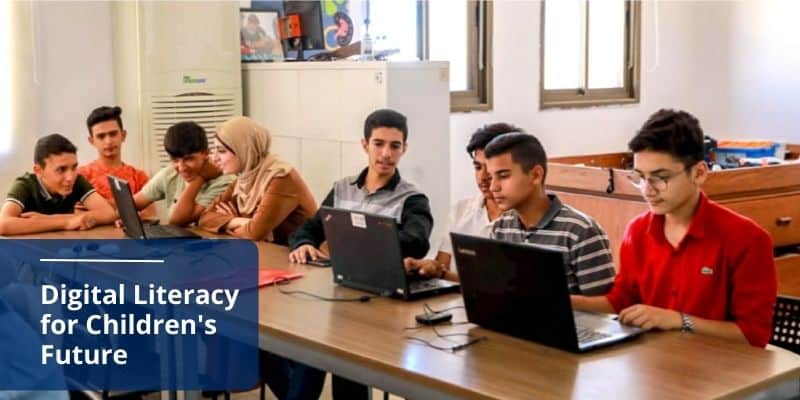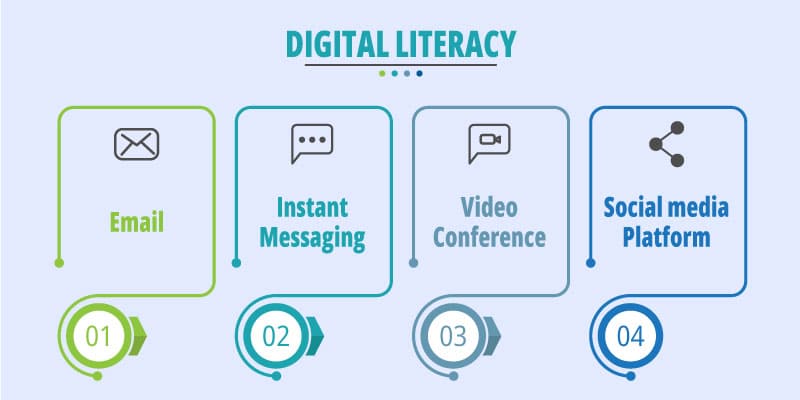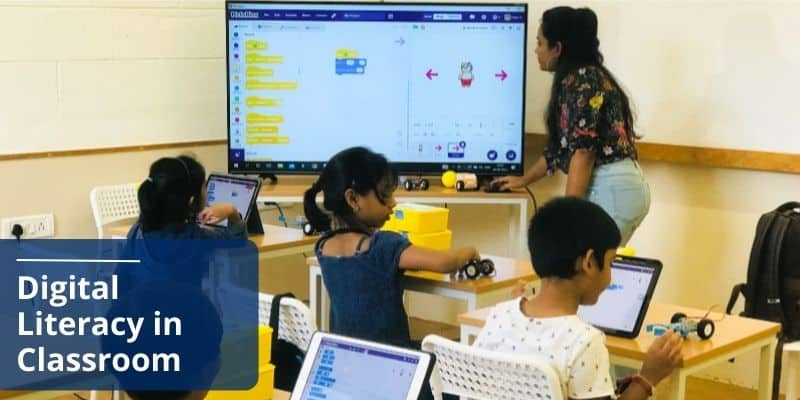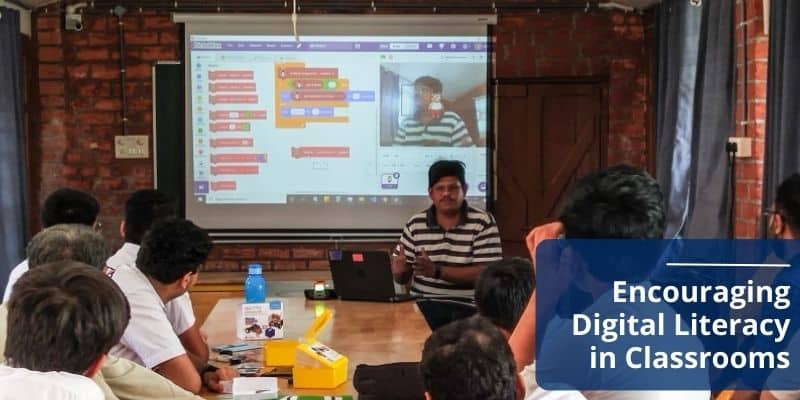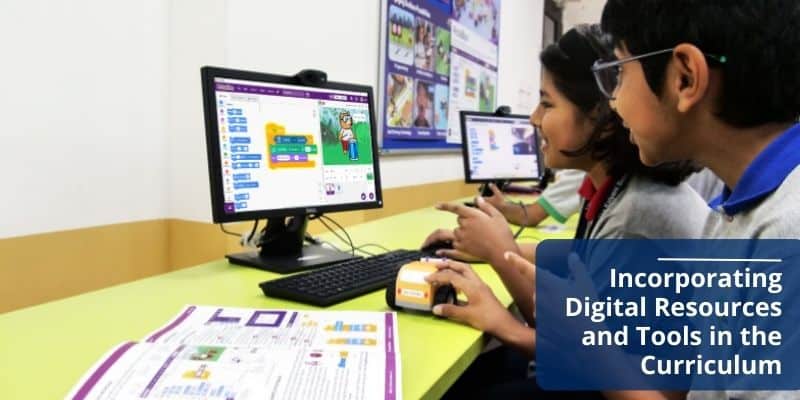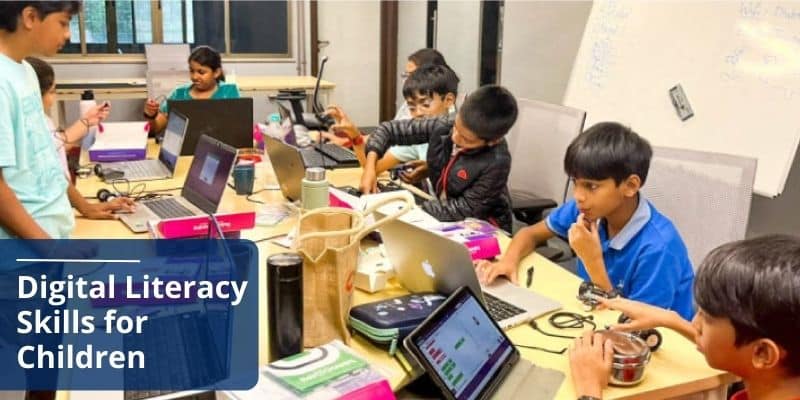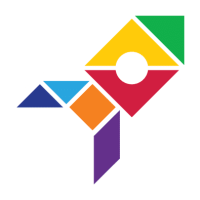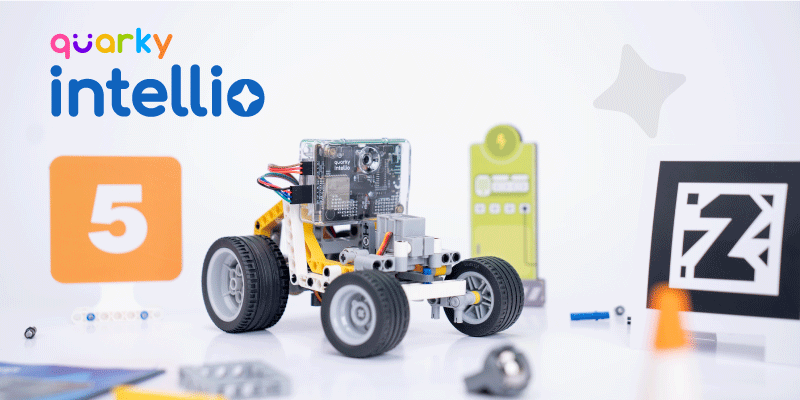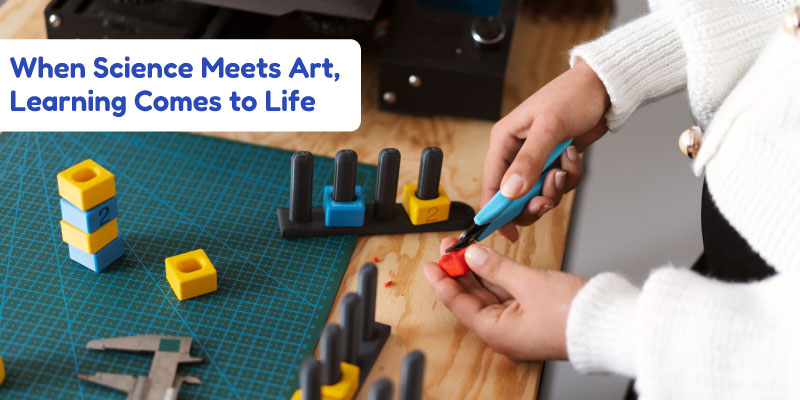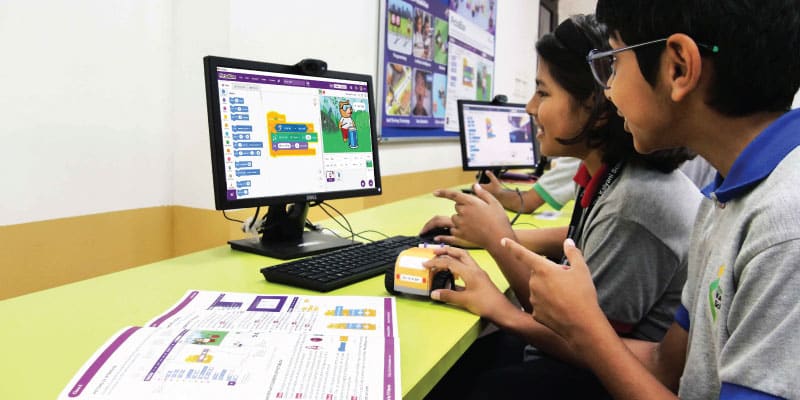Digital literacy is an essential skill set for students in today’s classrooms. As technology continues to evolve and has become more and more incorporated into our daily lives, its students need to develop the necessary digital literacy skills to excel in the digital age.
Digital literacy goes beyond simply knowing how to use digital devices; it encompasses the ability to effectively navigate, evaluate, and create digital content while being responsible and safe online. By fostering digital literacy in classrooms, educators empower students to become critical thinkers, problem solvers, and responsible digital citizens.
Read on this blog as we discuss the importance of digital literacy for students and teachers to acquire the fundamental skills needed to succeed in an increasingly digital world.
What is Digital Literacy?
To understand about digital literacy let’s first understand about literacy.
Literacy encompasses the fundamental ability to read and write effectively, enabling individuals to comprehend, interpret, and communicate through written language. It equips them with the skills and knowledge necessary to access information, engage in critical thinking, and participate fully in society. In the modern era, digital literacy has emerged as an extension of traditional literacy, encompassing the skills needed to navigate and utilize digital technologies.
Digital literacy involves competently accessing, evaluating, and using digital information, as well as understanding how to effectively utilize digital tools, protect personal information, and engage in digital communication and collaboration. It is an essential skill set in today’s digital world, enabling individuals to adapt to technological advancements, make informed decisions, and actively contribute to the digital age’s opportunities and challenges.
Distinctions Between Traditional and Digital Literacy
Traditional literacy and digital literacy are distinct forms of literacy that have evolved with changing times. Traditional literacy involves reading, writing, and comprehending printed text, while digital literacy focuses on navigating and effectively using digital technologies. Understanding the differences between these two types of literacy helps us recognize their unique skill sets and how they contribute to overall literacy in the modern world.
Let’s get deep into the three main key differences in traditional and digital literacy that is Medium, Required Skills and Communication Methods.
- Medium: Traditional literacy primarily deals with print media, such as books and newspapers, while digital literacy encompasses various digital formats like websites, e-books, and online articles.
- Skills required: Traditional literacy focuses on reading, writing, and comprehension, while digital literacy requires proficiency in digital skills, such as using devices, navigating online platforms, and utilizing digital tools like communication and collaboration, creativity , critical thinking, digital search skills and practical and fundamental skills.
- Communication: Traditional literacy often involves face-to-face or written communication, whereas digital literacy includes digital communication methods like email, instant messaging, video conferencing, and social media platforms.
Digital Literacy in the Classroom and its Importance
Incorporating digital literacy in the classroom involves integrating essential digital skills, knowledge, and practices into the educational setting. It focuses on equipping students with the necessary abilities to proficiently utilize digital tools, navigate online platforms, critically assess digital content, and engage in ethical and responsible online behavior. Digital literacy extends beyond mere technological proficiency; it highlights the capacity to effectively utilize digital resources for learning, problem-solving, collaboration, and communication.
The importance of digital literacy in the classroom cannot be overstated. In today’s digital world, technology is omnipresent, and students need to develop the skills to navigate and succeed in this digital landscape. By incorporating digital literacy into education, students gain several advantages:
- Access to a Wealth of Resources: Digital literacy enables students to tap into a vast range of digital resources and information. They can explore diverse perspectives, engage with interactive learning materials, and stay updated with the latest information and research.
- Enhancing Critical Thinking and Problem-Solving: Digital literacy empowers students to think critically about the information they encounter online. They learn to evaluate the credibility, accuracy, and relevance of digital sources, developing the ability to analyze, synthesize, and apply knowledge to real-world problems.
- Fostering Collaboration and Communication: Digital literacy equips students with skills for effective collaboration in the digital realm. They can engage in online discussions, work on group projects through shared platforms, and communicate with peers and experts globally.
- Promoting Creativity and Digital Fluency: Digital literacy empowers students to express their creativity through digital means. They can create multimedia presentations, design digital artwork, develop digital storytelling projects, and explore emerging technologies. It nurtures their adaptability to new digital tools and fosters digital fluency and lifelong learning.
- Cultivating Responsible Digital Citizenship: Digital literacy encompasses responsible and ethical digital behavior. Students learn about online safety, privacy, security, and appropriate digital etiquette. They understand the implications of their actions in the digital world, promoting responsible and respectful online engagement.
Digital literacy is a vital component of education in preparing students for success in a technology-driven society.
How Can We Encourage Digital Literacy in Classrooms?
Encouraging children’s digital literacy starts with integrating digital tools and resources into the classroom curriculum. By incorporating technology, educational apps, and online platforms, educators provide students with hands-on experiences that enhance their digital skills. This integration allows students to explore diverse digital formats, engage with interactive content, and develop proficiency in using digital devices and applications.
Offering Opportunities for Students to Practice Essential Digital Skills
Offering guided exercises and projects provides students with opportunities to practice essential digital skills. Through hands-on activities, students actively engage with digital tools, software applications, and online resources, developing confidence and proficiency in using them effectively. These practical experiences enhance digital literacy and prepare students for the digital demands of the modern world.
Explaining How to Search and Judge the Information on Internet
Finding and judging internet information involves searching for and checking online content. This means being able to find information, explore websites, and decide if what you find is trustworthy, accurate, and useful. It’s important to separate reliable sources from false or biased information, so you can make informed decisions based on reliable facts.
Digital Literacy in Classroom helps children to find and judge the information available on internet accurately and promote the utilization of technology on better way. Being proficient in these digital tools allows children to navigate and utilize technology confidently and efficiently.
Teaching Students about Online Safety, Privacy, and Ethical Use of Digital Resources
Teaching students about online safety, privacy, and ethical use of digital resources involves several key points:
- Cybersecurity Awareness: Educate students about potential online risks, such as identity theft, cyberbullying, and phishing attacks. Teach them to create strong and unique passwords, recognize suspicious online behavior, and protect their personal information.
- Online Safety: Promote responsible online behavior, including appropriate communication, respectful online interactions, and the consequences of sharing personal information. Teach students about online privacy settings, the importance of verifying information, and strategies to prevent cyberbullying.
- Ethical Use of Digital Resources: Teach students about copyright laws, intellectual property rights, and proper citation practices. Emphasize the importance of giving credit to original creators, avoiding plagiarism, and respecting the intellectual property of others. Encourage students to critically evaluate online sources for accuracy, reliability, and bias.
- Digital Citizenship: Foster a sense of digital responsibility and ethical engagement in the digital world. Help students understand the impact of their online actions, promote empathy and respect, and encourage positive digital interactions. Teach them to be responsible digital citizens who contribute positively to online communities.
- Online Privacy: Educate students about the importance of protecting their personal information online. Teach them to be cautious while sharing information, use privacy settings on social media platforms, and understand the potential consequences of oversharing.
By addressing these points, educators can equip students with the necessary knowledge and skills to navigate the digital landscape safely and ethically. Now let’s move ahead to discuss the last part of the blog to know what are the essential digital skills that children require.
Incorporating Digital Resources and Tools in the Curriculum
Incorporating digital tools and resources into the curriculum offers several benefits for promoting children’s digital literacy in classrooms:
- Enhanced Engagement: The use of digital tools captures students’ attention and keeps them actively engaged in the learning process. Interactive multimedia elements, such as videos, simulations, and interactive quizzes, make lessons more exciting and dynamic.
- Access to a Wide Range of Information: Digital resources provide students with access to a vast array of information and educational materials. Online databases, e-books, and educational websites offer diverse perspectives and up-to-date content, enriching students’ knowledge and understanding of various subjects.
- Personalized Learning Experiences: Digital tools often feature adaptive learning capabilities, allowing students to learn at their own pace and receive tailored content based on their individual needs and abilities. This personalized approach helps students build confidence and make progress according to their unique learning styles.
- Collaboration and Communication Opportunities: Online platforms and digital tools enable students to collaborate with their peers on group projects, share ideas, and communicate effectively. This collaborative environment promotes teamwork, problem-solving skills, and the ability to work in virtual teams, which are essential in today’s digital workplace.
What Essential Digital Literacy Skills do Children Require?
Digital literacy is a crucial skill for students in today’s classroom. It encompasses a range of abilities that enable students to effectively navigate, evaluate, and utilize digital technologies and resources. By developing digital literacy skills, students gain the necessary tools to succeed academically, collaborate with peers, and thrive in the digital age.
Here are some of the most important digital skills that students must know.
- Basic Computer Skills: Students require basic computer skills to operate digital devices such as computers, tablets, and smartphones. This includes familiarity with hardware components, operating systems, and common software applications.
- Internet Navigation and Online Search Abilities: Students should be able to navigate the internet effectively and safely. This involves understanding web browsers, using search engines to find information, evaluating search results, and discerning reliable sources.
- Information Literacy: Students must learn how to evaluate and critically analyze information obtained from digital sources. They should be able to determine the credibility, relevance, and bias of online information to make informed decisions.
- Multimedia Creation and Digital Storytelling: Students benefit from skills in creating multimedia content and digital storytelling. This involves using various tools and platforms to create presentations, videos, podcasts, and other digital projects.
By acquiring these essential digital literacy skills, children are better equipped to engage with digital technologies, explore online resources, and participate actively in the digital world. These skills support their academic pursuits, foster critical thinking, and prepare them for future personal and professional endeavors in the digital age.
In a Nutshell
Digital literacy is important for preparing our children for the future. It equips them with skills to navigate, evaluate, and create digital content responsibly. Integrating it in classrooms benefits both teachers and students, enhancing teaching effectiveness, fostering collaboration, and providing access to valuable resources. By teaching basic computer skills, online safety, and information literacy, we empower students to become critical thinkers and prepare them for future career opportunities. Developing digital literacy in classrooms equips our children with the skills needed to excel in our digital world.

